I've recently had my first pcb made, to my surprise, everything was working, at least it did at first.
It's a simple board that lets me control some ledstrips with an ESP32 through wifi. Everything worked great, including the transistor circuit. However, after a couple hours, the mcu became unresponsive, and after replugging the power supply, it seems as though the mcu is completely dead (no uart output on boot, not programmable with jtag). I know that the board did not short, I also measured the correct voltages on the MCU itself, as well as on the chip_enable pin (which is required for the ESP32 to boot) so I am quite confident that the only thing broken on the boards, is the MCU itself. I soldered together a second board, which had the exact same result.
In my initial design I did not have resistors on the data lines of the ledstrip and I did not have a resistor on the gate of the transistor. Because the GPIOs of the ESP32 can only provide 12mAmps (according to the datasheet), I suspect that the lack of resistor on the gate of the transistor might be the cause.
Included I have the original schematic that was failing, and the new schematic with precautions in place.
Is there anything else that could cause the MCU to die?
